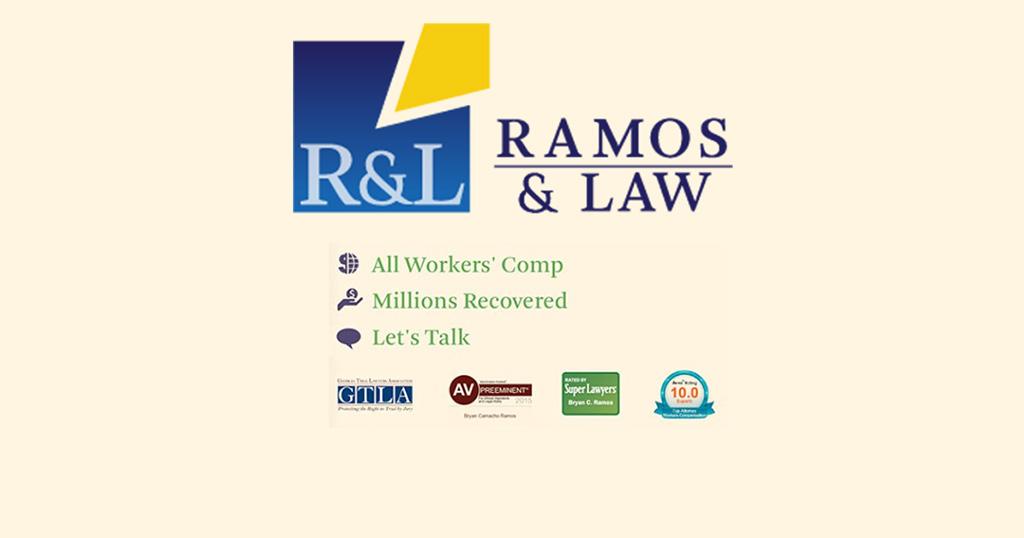
The two major types of second-injury funds are reimbursement funds and take-over funds. In both of these situations, the employer/insurer can reduce liability when the fund becomes liable.
States, such as Georgia and New York, which have reimbursement funds which actually reimburse the carrier for indemnity and medical benefits made to a claimant. The employer/insurer remains the primary claims handler and must request periodic reimbursements from the fund for payments made on the claim. These funds will also take an active role in any settlement discussions.
States which have take-over funds will pay the claimant directly once the liability has been determined. In New Jersey, for example, once the fund’s liability has been established, it can pay the claimant’s permanent and total benefits for the life of the claims. The employer remains liable for the medical expenses.
There are many active second-injury funds in the U.S. Since many of them have different rules and regulations, strict attention must be paid to the statutory requirements for each state.


